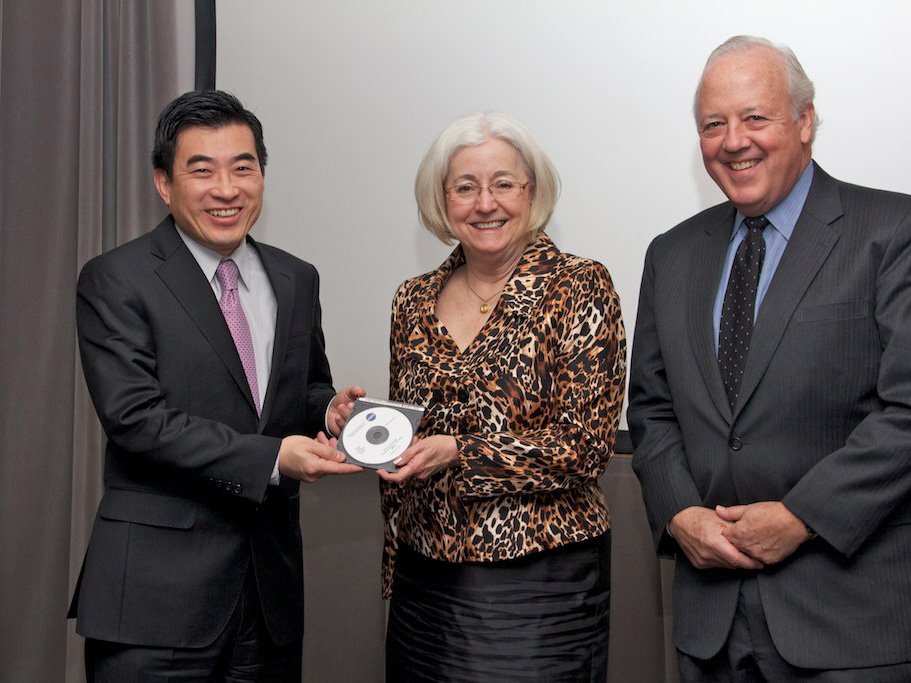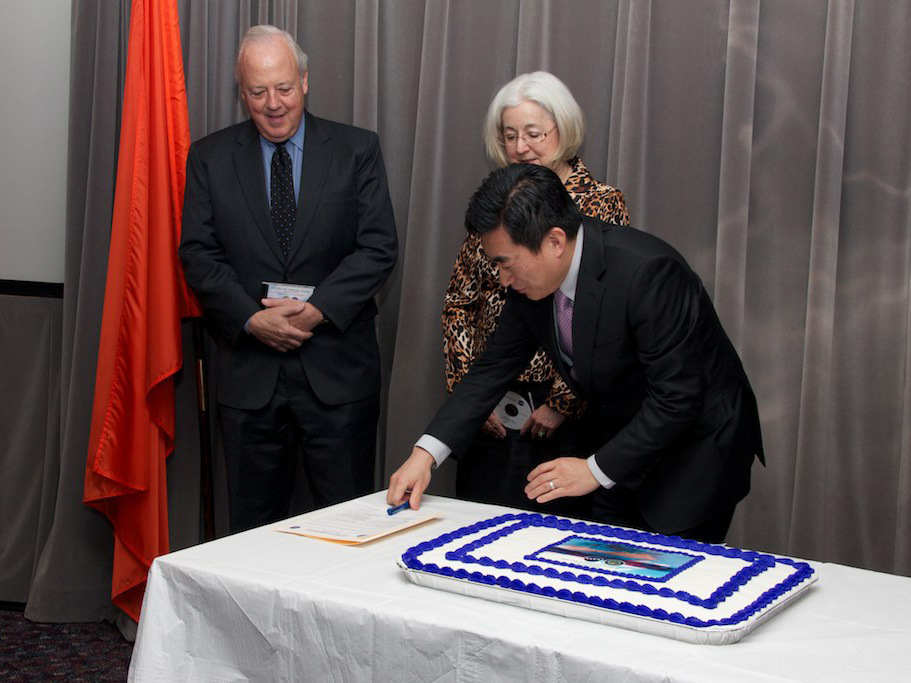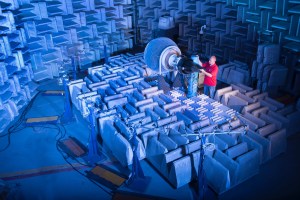Managing the descent of airliners toward some of the nation’s busiest airports is one step closer to becoming more fuel-efficient and environmentally friendly thanks to new technology developed by NASA that now is in the hands of the Federal Aviation Administration.
During a ceremony held Jan. 31 in Washington, results of NASA research to define and validate the Efficient Descent Advisor (EDA) concept were officially transferred to the FAA for further evaluation and potential operational use as part of a more widespread government effort to modernize the nation’s air traffic control system, known as NextGen.
“In order to create an American economy that is built to last, we need to provide cleaner, safer and more efficient air travel. NASA’s scientists and engineers – in cooperation with the FAA – are focused on doing just that, pushing the envelope of what is possible and working to improve our entire air traffic system,” NASA Administrator Charles Bolden said.
The EDA concept could help air traffic controllers allow airliners of all sizes to more efficiently descend from cruising altitude to arrive at an airport using less engine power while maintaining a safe distance from other aircraft.
“Think of EDA this way: Imagine being in your car, cruising down your street on your way home and being able to take your foot off the gas at the perfect time to roll to a stop in your driveway without having to use the gas and brake – smooth, efficient and quiet,” said Leighton Quon, manager of the NextGen Systems Analysis, Integration, and Evaluation Project at NASA’s Ames Research Center, Calif.
As a result, airlines save money on fuel and fewer emissions are released into the atmosphere. In fact, NASA simulations showed potential annual savings of $300 million in fuel. Another benefit: since EDA adds automation to the process, air traffic controller workload is reduced.
“With the transfer of our EDA research and development to our partners at the FAA, NASA’s aeronautical innovators continue to deliver on our mission to support the aviation community, which is so vital to our everyday lives and the nation’s economy,” said Jaiwon Shin, NASA’s associate administrator for aeronautics research in Washington.
NASA and the FAA facilitate the evolution of innovations such as EDA through research transition teams. The teams, made up of experts from government, industry and academia, are responsible to ensure the relevant new technology needed for NextGen is identified, developed, tested and then transferred to the FAA.


































